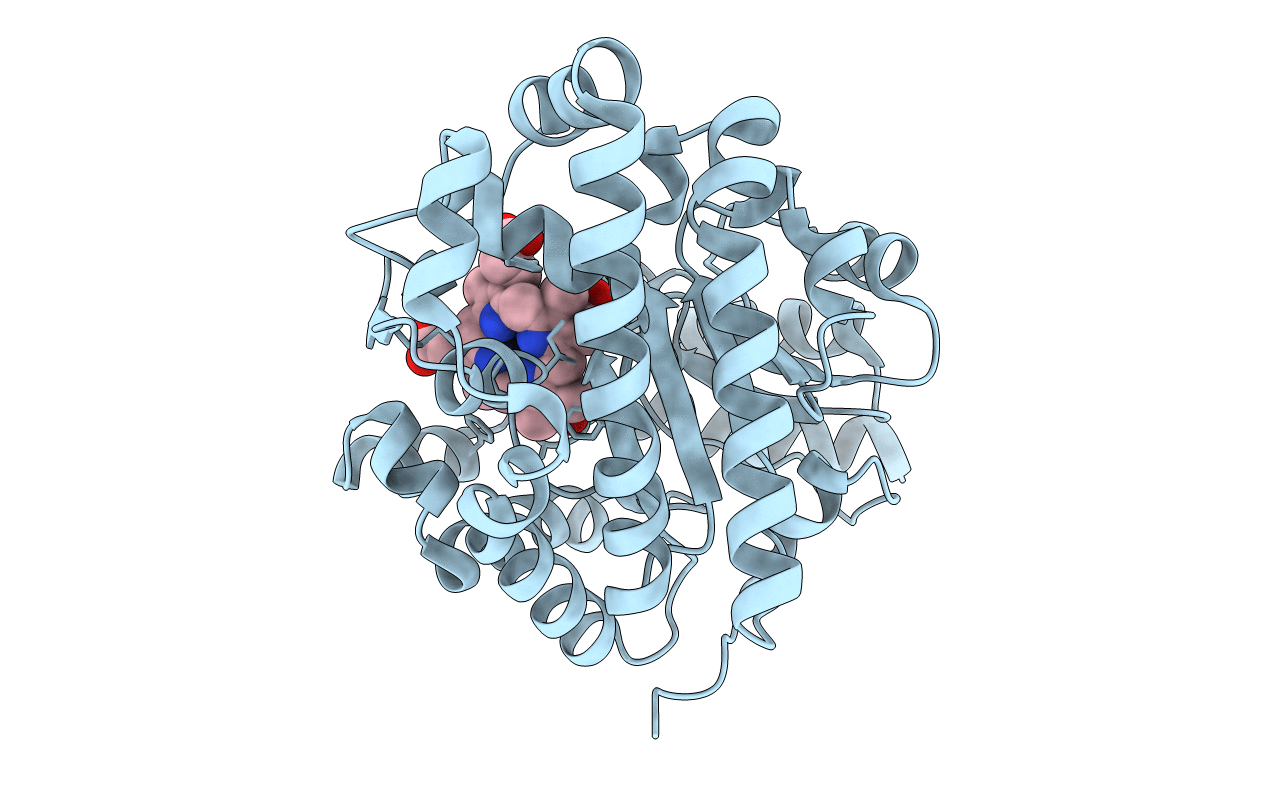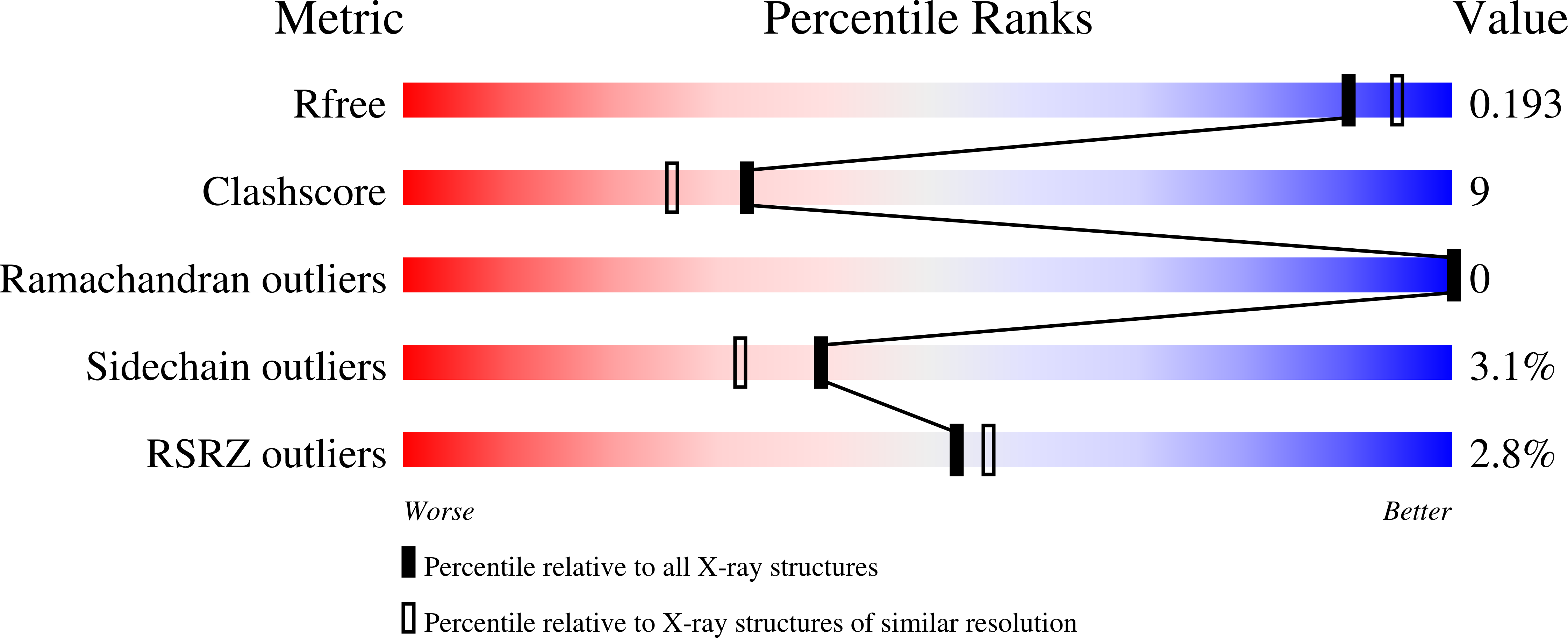
Deposition Date
2003-10-03
Release Date
2003-12-09
Last Version Date
2023-08-23
Entry Detail
PDB ID:
1R3V
Keywords:
Title:
Uroporphyrinogen Decarboxylase single mutant D86E in complex with coproporphyrinogen-I
Biological Source:
Source Organism:
Homo sapiens (Taxon ID: 9606)
Host Organism:
Method Details:
Experimental Method:
Resolution:
1.90 Å
R-Value Free:
0.18
R-Value Work:
0.15
R-Value Observed:
0.15
Space Group:
P 31 2 1


